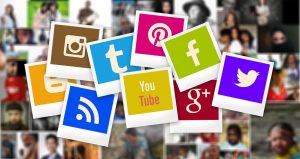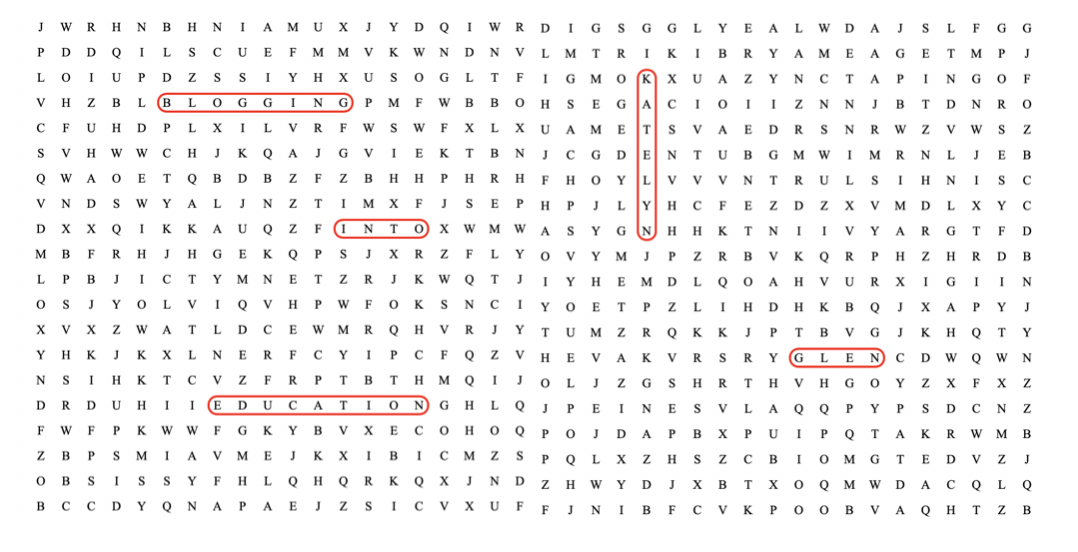Topic:
Professional Learning Networks, which are also referred to as PLN, is defined as collaborative communities that fuel social interaction and network building. One good example of a PLN is social media because of the versatility offered in terms of different types of interactions. Namely, formal and informal platforms are able to be captivated in one space to allow professionals to maintain both a professional and personal account with one network.
When I was first introduced to the idea, I was hesitant to immerse myself in networking because of my underdeveloped skills in using social media professionally. Since I had not previously heard of the term, my initial thoughts about building a Professional Learning Network were filled with dread. As a current college student, working with other people is relatively common, and while I feared collaboration with other prospective teachers, my worries subsided as I realized that Professional Learning Networks are intended to be used as a tool for success. The ability to connect with others all over the world is one aspect of networking that I have believed to be valuable, and after realizing that PLNs are designed to do just that, my thoughts from the beginning of the lesson changed.
Assumptions:
A few assumptions I had about Professional Learning Networks included misconceptions about who used PLNs, how useful it could be, and how applicable resources from the network could be. I assumed that only experienced professionals would be using the learning network, specifically because the topic was introduced in a class about instructional technology for educators. My assumptions followed my previous experience with the professional plan of development that I am required to create over the course of my college career for my scholarship program, and because there is extensive writing and reviewing, I was afraid that the professional learning network would be the same. Before learning more about the subject, I imagine that I would not begin building my own professional learning network while I freshman in college.
In evaluating my assumptions prior to exploring the versatility of networking, I can now recognize the flaws in my assumptions. The Professional Learning Network can be used by educators of all varieties, from prospective teachers to licensed professionals, and is useful in connecting the experienced with the inexperienced. Furthermore, by connecting with experienced teachers already teaching, I can gain ideas for lesson plans, resources for a classroom, and opportunities for students to excel both in and outside of the classroom.
A few tips on how to build a professional learning network – https://www.edweek.org/tm/articles/2014/12/31/3-steps-for-building-a-professional-learning.html
New Ideas:
While learning about Professional Learning Networks and about how to utilize the Twitter network platform for making educational connections, I was able to hear Dayson Pasion speak about how he uses Twitter professionally and how he teaches others to use social media for the classroom. Connecting to future career paths and classroom connections, Mr. Pasion made a clear and evident case for why professional learning networks are essential to producing effective teachers. Tasked with the challenge of participating in a Twitter chat, I was able to make my first connection with an outsider shortly after Mr. Pasion’s presentation. I enjoyed the enthusiasm and relatability of using a social network as a resource for connecting to teachers around the globe.
This experience provided me with the confidence to interact with other professionals online, mainly because when I asked a question on a back channel used by my teacher, my question was adequately answered. My question asked, “How do I vamp up my professional account to appeal to people who are experienced in the field and with other prospective teachers?” And Mr. Pasion answered by emphasizing the importance of biography usage, stating that a short blurb about oneself allows others to connect on a personal level. Following this presentation, I participated in a Twitter chat where I connected with teachers and other future teachers in a conversation about classroom types. The chat I participated in was fun and inviting, and I was given the opportunity to keep a conversation going with more than one person at a time!


A Course of Action:
Next time I am given the opportunity to participate in a chat with other professionals using social media, I plan to be even more engaged than in my first attempt. Commenting on answers to the posed questions is a good way of communicating with others, further strengthening the personal connection one is able to have with someone located relatively far away. In future Twitter chats, I hope to be engaged enough to where I stand out amongst other participants and eventually be invited to host my own chat.
Participate in a Twitter chat about education – https://sites.google.com/site/twittereducationchats/education-chat-calendar
From successfully participating in a Twitter chat, I have gained new skills on how to relate to professionals on a personal level to form bonds and long-lasting connections. For future reference, I plan to use social media in my classroom to teach students that collaboration is key to making transitions in life successful. Moreover, I believe I will utilize my professional learning network to connect with classrooms across the globe to enable my students to speak with other teachers from diverse cultures and countries.


Learned:
After indulging in professional learning networks, I conclude that ask a prospective teacher this resource is one of immeasurable benefits. Having the ability to expand my network to include teachers from various performing schools and in different stages of a career, professional learning networks provide a perspective of diversity and inclusion. By seeing the differences in classroom performance, engagement, and interaction, I hope to better my teaching habits and improve the quality of education my students receive. Throughout the process of studying how PLNs can be used by educators, I have learned that teachers are more than just educators, they are also mentors, encouragers, and leaders.
